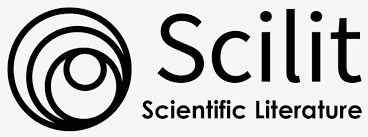Aplikasi Jaringan Syaraf Tiruan dalam Pengenalan Pola Huruf Pegon Jawa
DOI:
https://doi.org/10.14421/jiska.2018.31-04Abstract
Artificial Neural Network (ANN) Technology) can help humans in processing data into information with design resembling the performance of the human brain. ANN adopts 5 aspects of human capability: Memorization, Generalization, Efficiency, Accuracy, and Tolerance in its application. ANN proves to be effective in pattern recognition. Researchers developed an application implementing ANN to recognize Java Pegon Letter pattern. The research uses 160 image data, divided into 100 training data (consisting of 5 normal images for each character) and 60 test data (consisting of 1 normal data, 1 data is not complete/corrupt, and 1 data with noise) for each character. The data obtained from the processed captures, so all of data have the same dimensions and size: 100x100 pixels. All data is processed through preprocessing and extraction stages. Furthermore, the data result is used in training stage to recognize the pattern of Java Pegon by applying the Learning Vector Quantization method. The application can recognize Java pegon pattern very well. The application can recognize 100% of training data and test data. This application also has the ability to recognize abnormal data very well, such as data with noise or corrupted data.Downloads
Additional Files
Published
How to Cite
Issue
Section
License
Authors who publish with this journal agree to the following terms as stated in http://creativecommons.org/licenses/by-nc/4.0
a. Authors retain copyright and grant the journal right of first publication with the work simultaneously licensed under a Creative Commons Attribution License that allows others to share the work with an acknowledgement of the work's authorship and initial publication in this journal.
b. Authors are able to enter into separate, additional contractual arrangements for the non-exclusive distribution of the journal's published version of the work (e.g., post it to an institutional repository or publish it in a book), with an acknowledgement of its initial publication in this journal.
c. Authors are permitted and encouraged to post their work online (e.g., in institutional repositories or on their website) prior to and during the submission process, as it can lead to productive exchanges, as well as earlier and greater citation of published work.









